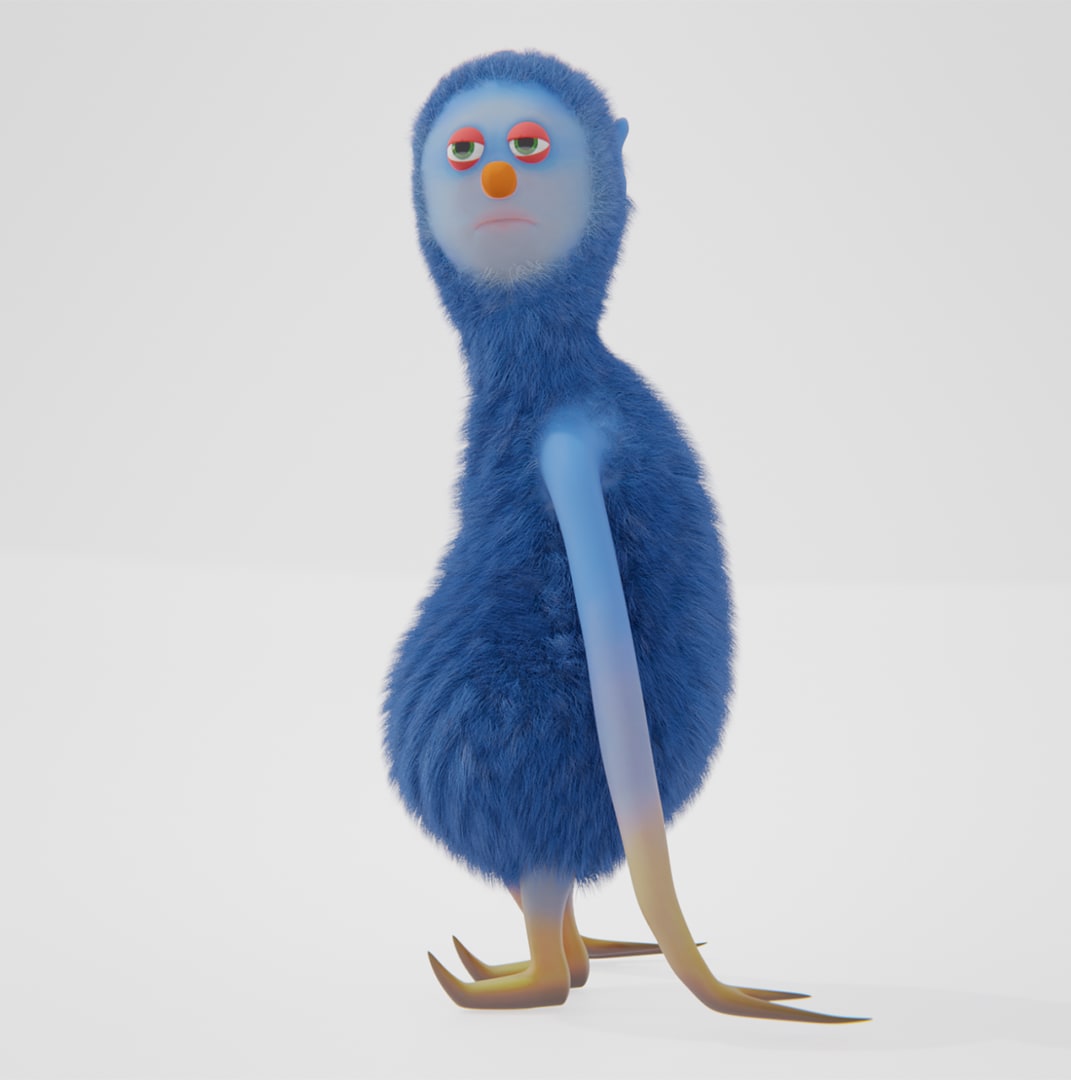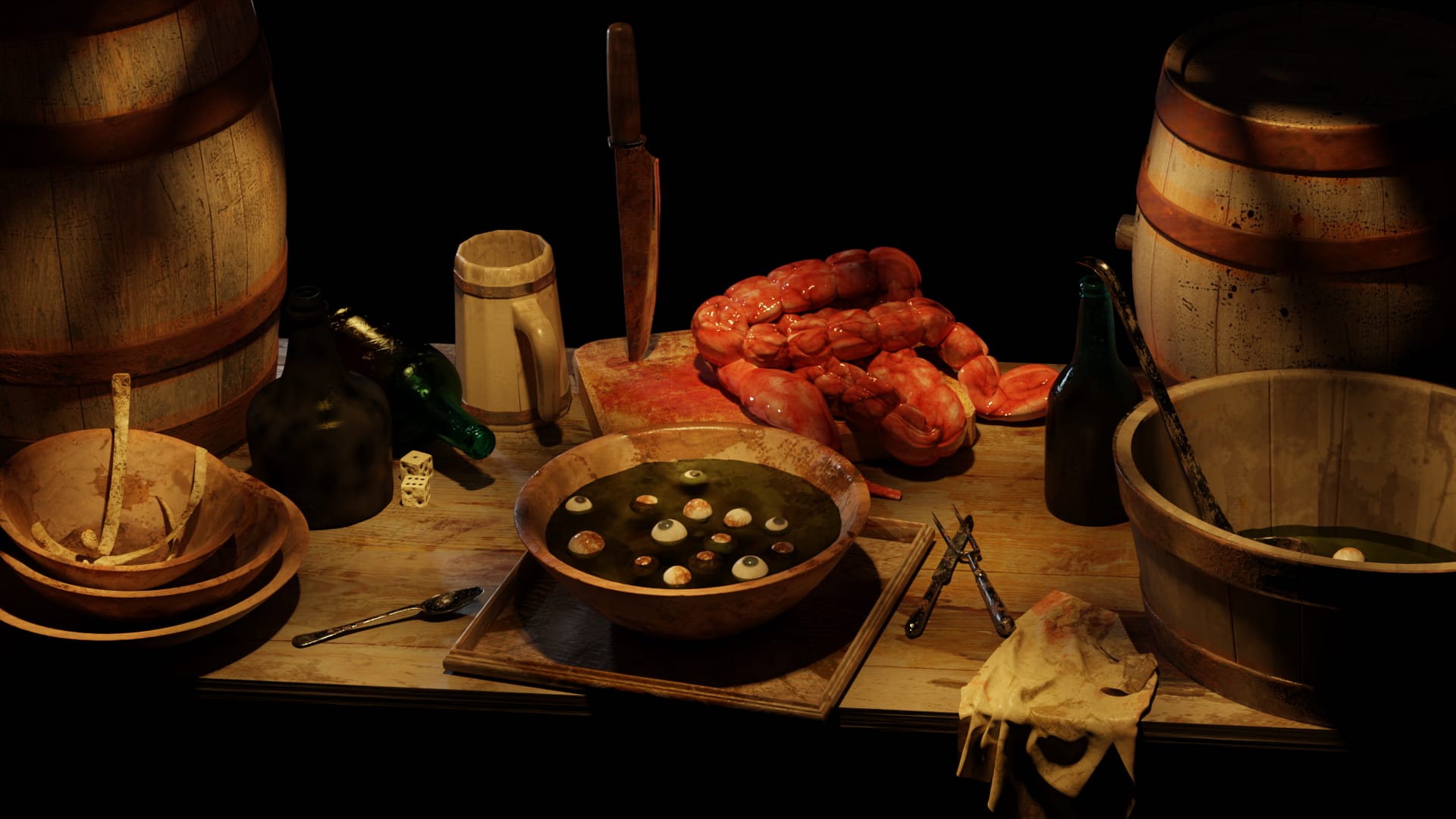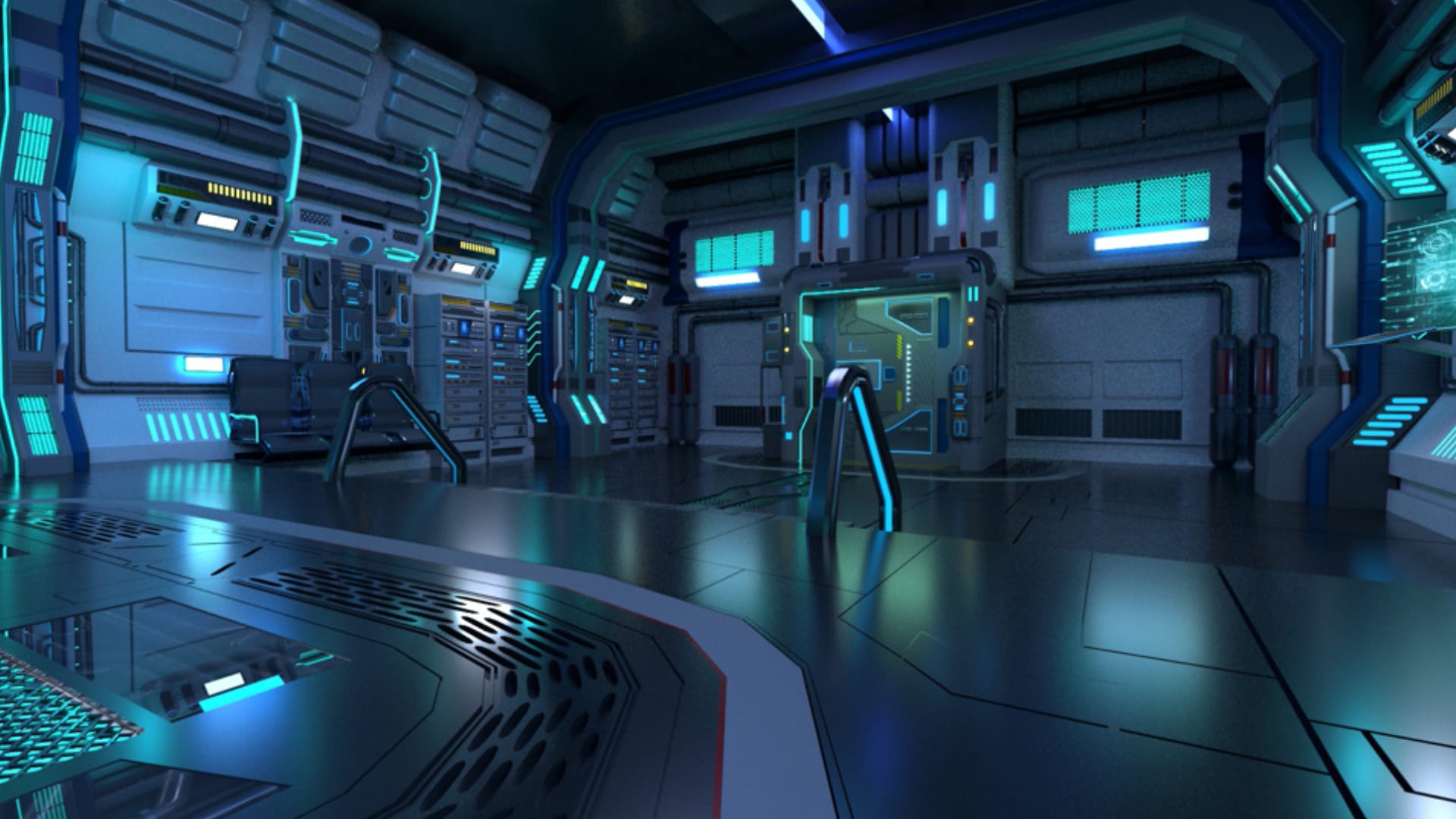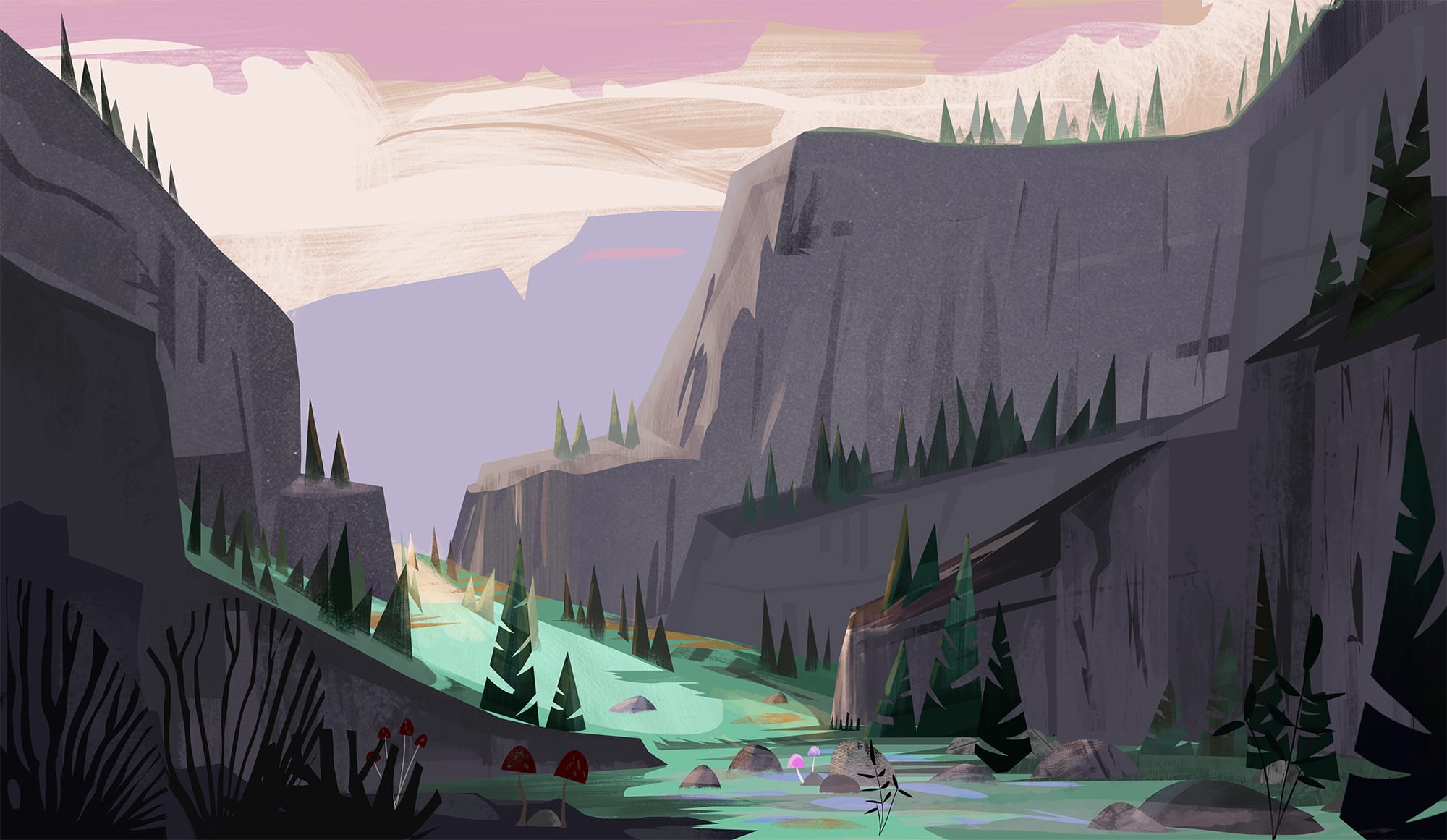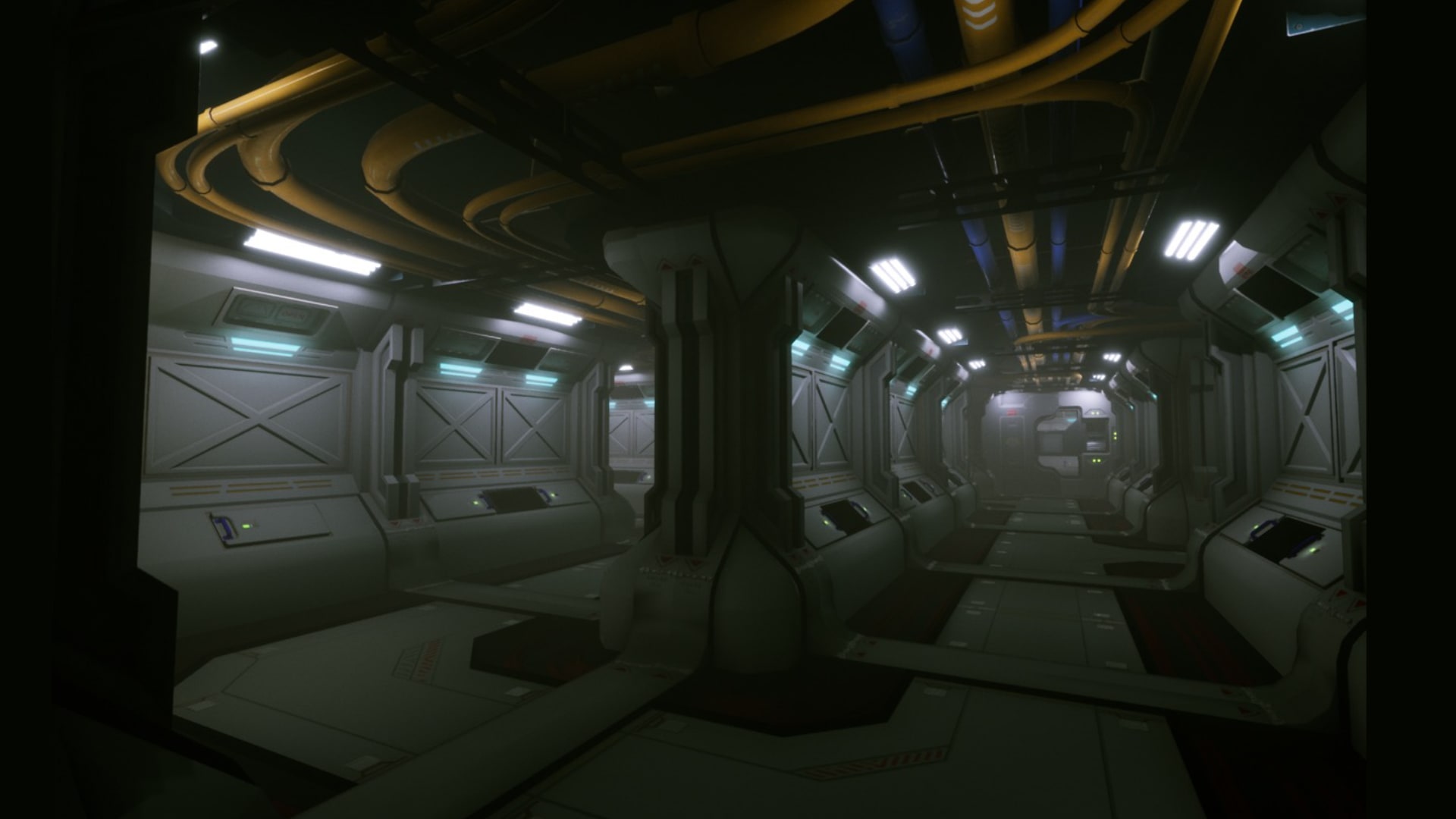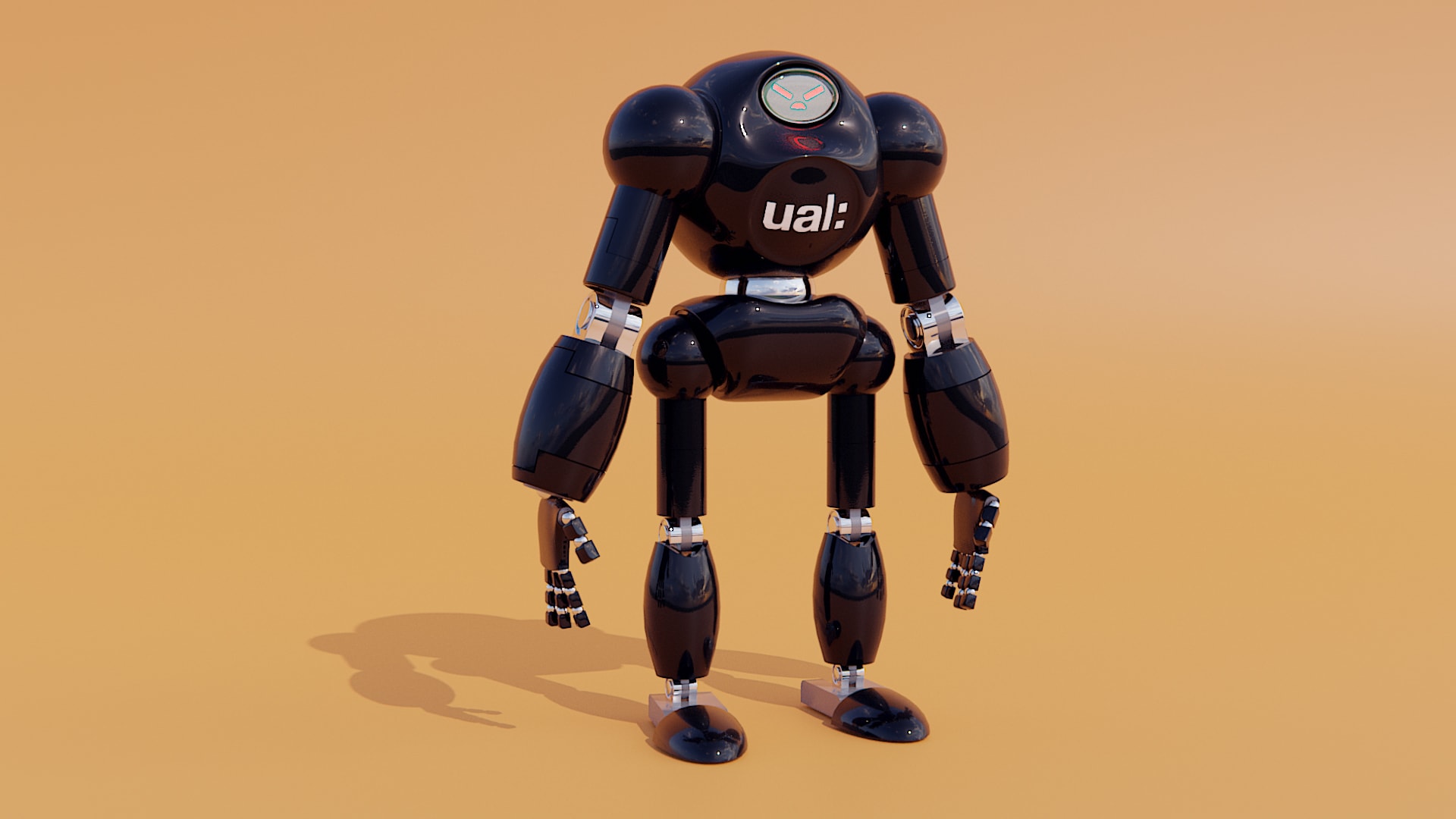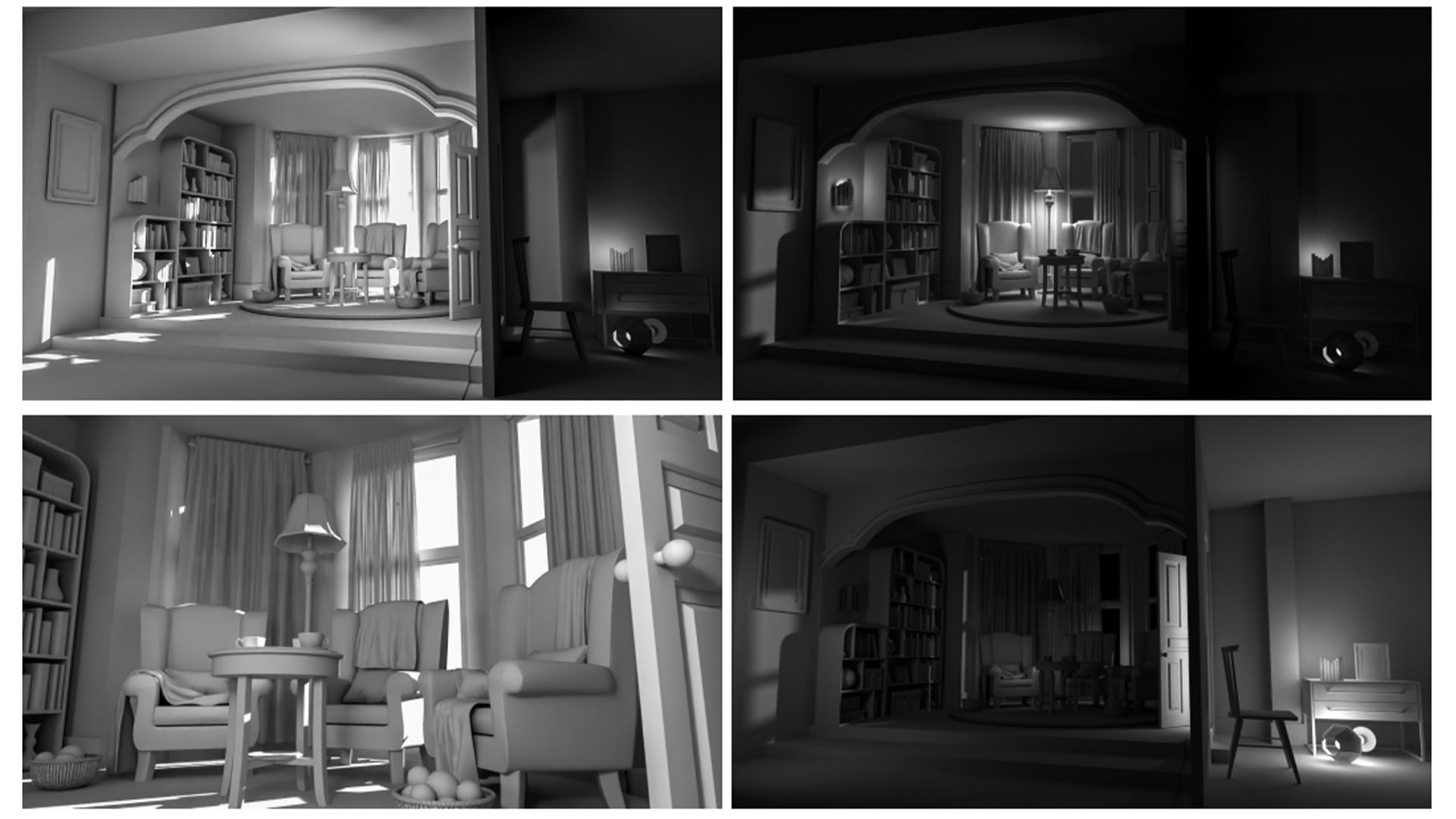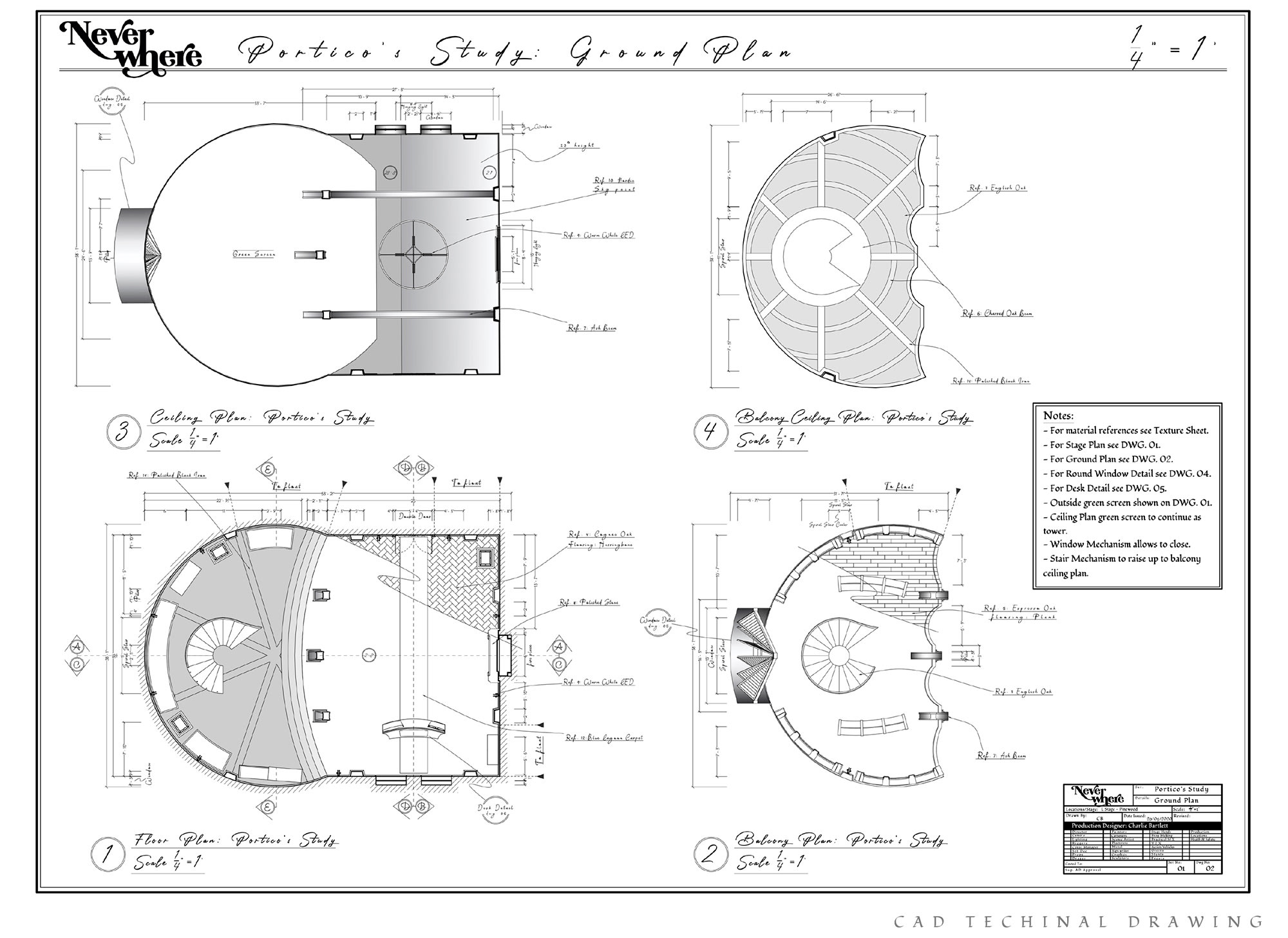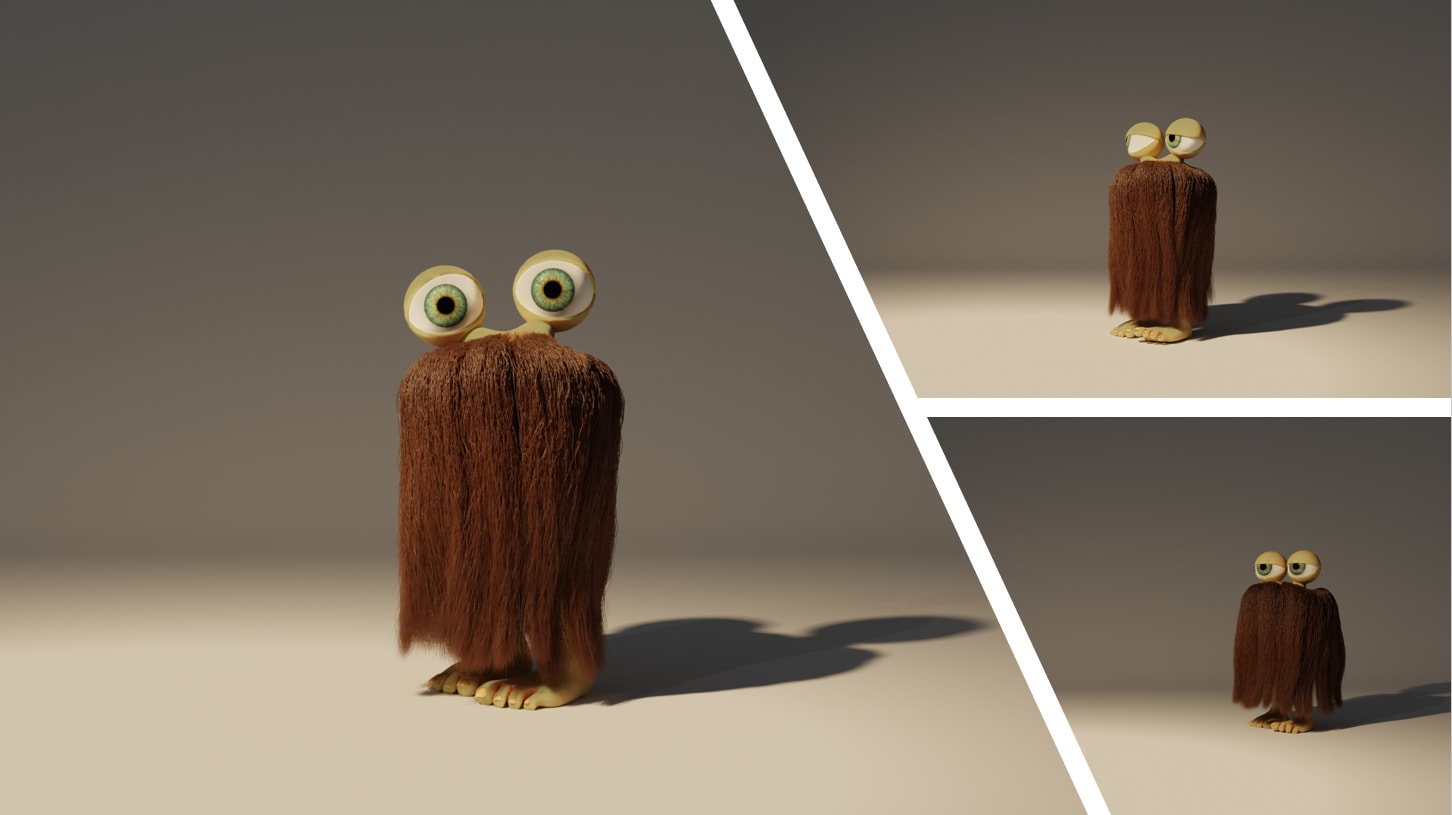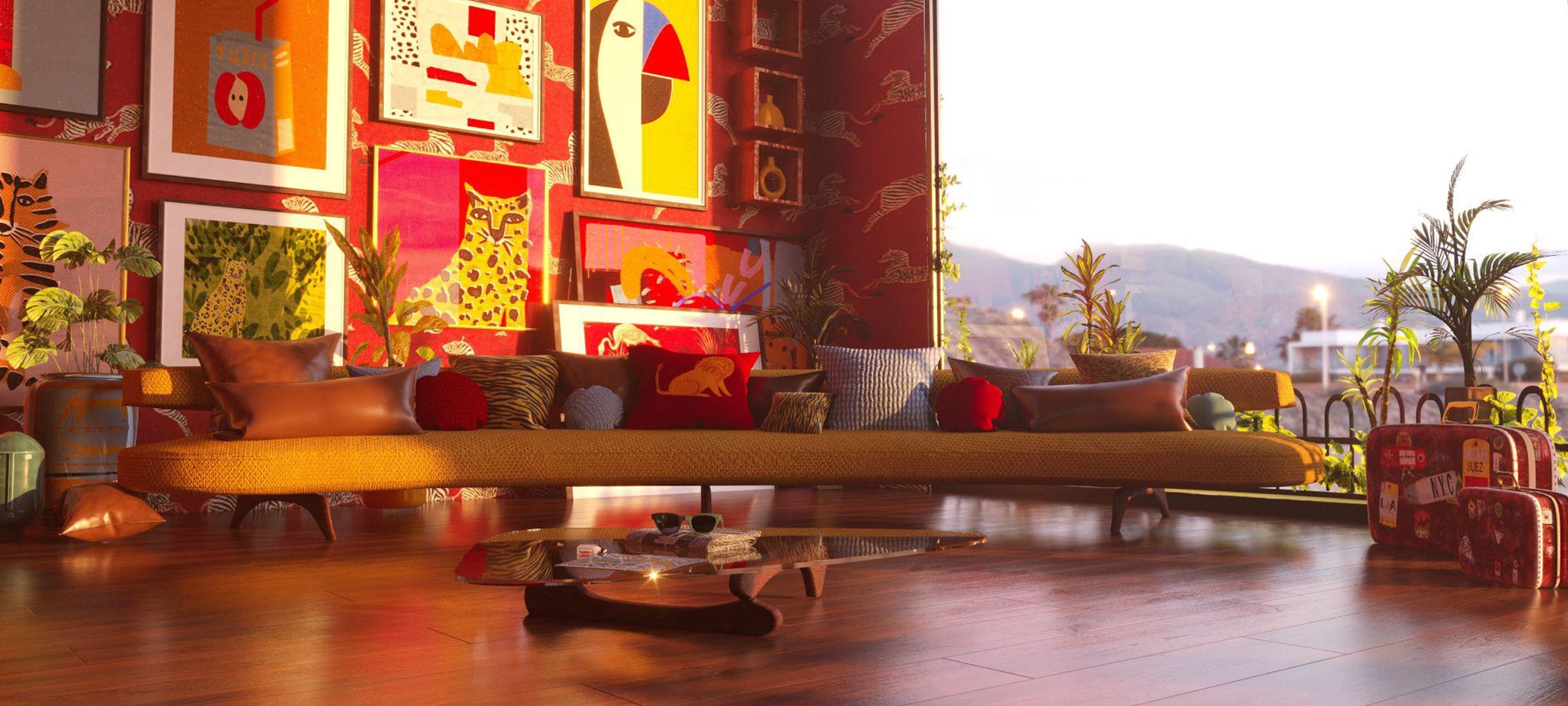Course units
Year 1
Unit 1: Introduction to Production Arts for Screen
This introduces you to your course, the College and the University. It’ll introduce you to some of the broad range of skills and techniques used in BA Art Direction and Visual Effects.
These may include:
- scale and perspective drawing
- character and environment design
- 3D software.
Unit 2: Designing and making
You’ll learn skills and techniques for communicating ideas through:
- storyboarding
- environment design
- visual language and staging.
Alongside this, you’ll look at character design, including traditional and digital layout techniques for cinematic pre-visualisation concept art and anatomical studies. You’ll also have introductory software workshops.
Unit 3: Exploring ideas
You’ll be introduced to techniques and design concepts involved in extending and re-creating environments for cinematic effects using 3D software.
You’ll begin to understand the use of lighting and camera techniques to combine live action and synthetic screen elements.
Unit 4: Who are you? Establishing practice
This unit is the first group project within the course and will introduce you to the full production cycle for creating a short, animated film. Bringing together many of the disciplines introduced so far, the unit aims to provide an understanding of the complete cinematic production pipeline. It will look at the different elements required for creating an animated film from start to finish. These include idea generation, concept art, cinematography and staging, environment and character design, 3D modelling and texturing, animation and postproduction.
Year 2
Unit 5: Collaborative and collective practices
You’ll be introduced to different ways in which collaborative working can help you to focus and enhance your own creative strengths. You’ll have the chance to work with fellow students and creative communities.
Unit 6: Practice as laboratory
In this unit, you’ll look at designing and creating assets for a VR environment. You’ll be introduced to a real-time development environment and this will add a new dimension to the 3D and staging skills learned in previous units.
This unit will enable you to familiarise yourself with the unique aspects of VR, including the sense of presence, depth perception and the potential for interactivity. You’ll explore design techniques for a 360-degree environment and pay attention to scale, depth and details to make users feel present in the virtual world.
Unit 7: Where in the world? 1
This unit deepens your understanding of concept art and character design. You’ll be introduced to the idea of creature creation, conceptualising and creating a creature that can be used as a VFX or game asset. You’ll expand you character design skills by exploring animal and human anatomy along with being introduced to organic character modelling in 3D.
You’ll also gain an understanding of how anatomy studies are applied to digital 3D character creation. You’ll get to explore archetypal characters in literature, mythology and film. You’ll look at how archetypes can serve as a foundation for character design.
Unit 8: Where in the world? 2
This unit will provide you with more advanced and specific techniques within concept art. You’ll explore theories and industry practices.
These may include:
- dynamic composition principles for impactful visual storytelling
- specialised approaches for concept art in various genres such as sci-fi, fantasy and horror
- how to adapt to the visual language of different genres.
The unit will help you to design futuristic elements such as stylised vehicles and props. It will also enable you to deploy advanced lighting techniques to enhance mood and atmosphere.
Year 3
Unit 9: Professional futures
This unit aims to address the 3Es: employability, enterprise and entrepreneurship. You'll reflect on your learning and skills across the entirety of your study. You’ll have an opportunity to showcase your outcomes and intentions. You'll consider your next steps as you enter industry or continue with your education.
Unit 10: Finding your voice - research portfolio
Your final year project involves 3 self-directed elements. The research portfolio is a reflective project that demonstrates your research skills. The creative research project, also known as a dissertation, is a written, filmed or presented piece of work. The personal portfolio highlights your professional experience to help with potential employment.
Unit 11: Show your work - independent practice
You’ll bring together all the ideas and learning from the course. You’ll undertake a major production design, art direction or spatial design project. This might be for a:
- film
- television drama
- entertainment production
- digital game
- VR or other environment creation for screen.
You’ll present your work in the College degree show.
Optional Diploma between Years 2 and 3
Between Years 2 and 3 of the course, you’ll also have the opportunity to undertake one of the following additional UAL qualifications:
Diploma in Professional Studies (DPS)
This optional diploma can be taken between years 2 and 3. With support from your tutors, you’ll undertake an industry placement for a minimum of 100 days/20 weeks. As well as developing industry skills, you’ll gain an additional qualification upon successful completion.
Diploma in Creative Computing
This optional diploma in Creative Computing. This will develop your skills in creative computing alongside your degree. After successfully completing the diploma and your undergraduate course, you’ll graduate with an enhanced degree: BA (Hons) Art Direction and Visual Effects (with Creative Computing).
Diploma in Apple Development
This optional diploma can be taken between years’ 2 and 3. You’ll have the opportunity to become an accredited Apple developer, undertaking a learning programme designed by Apple for UAL. After successfully completing the diploma and your undergraduate degree, you’ll graduate with an enhanced degree: BA (Hons) Art Direction and Visual Effects (with Apple Development).


